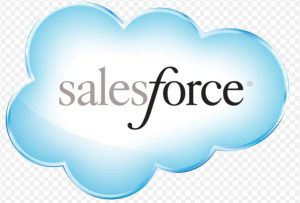A Healthy Brand Planning Question.
There is a battery of questions I use when doing brand discovery; questions I ask of senior executives at the client company. One such has to do with product or service roadmap. Today I’m thinking the question should be focused to probe around “consumer health.” Past road map questions may have prompted answers about efficiency or lower cost but as many markets are moving toward healthier life choices it makes sense to ping this way.
“What are you doing with your product or service that will promote healthier consumers or a healthier planet?”
When Tyson Chicken invests in Beyond Meat, it is making a bet on healthy. When Campbell Soup Company bought Bolthouse Farms Juices, it was a bet on healthy. When fast food companies stop frying French fries in trans fats, it was investing in healthy. These are telling moves and important investments. They undergird brand strategy and must be understood.
A brand with a conscience is a brand that sleeps well at night. And sleep is not an over-rated activity.
Peace.


